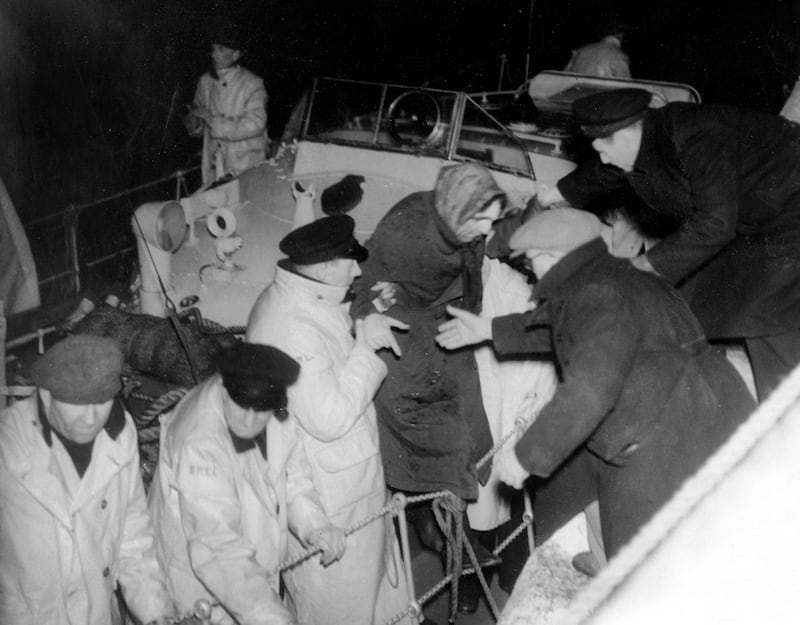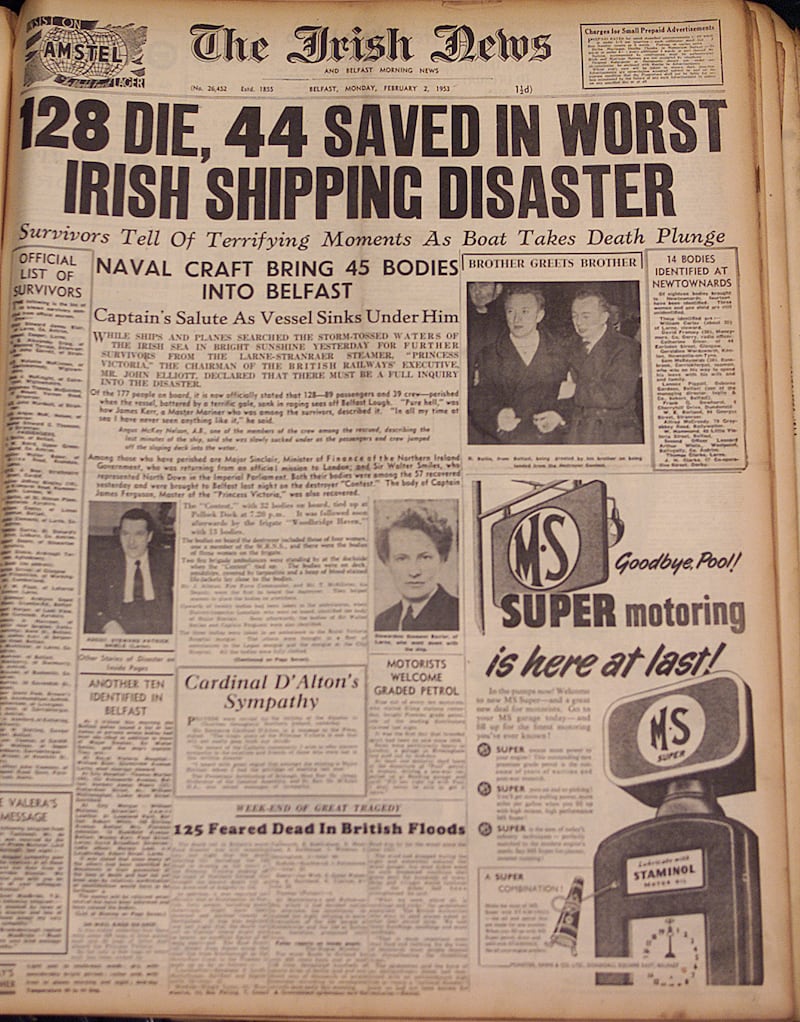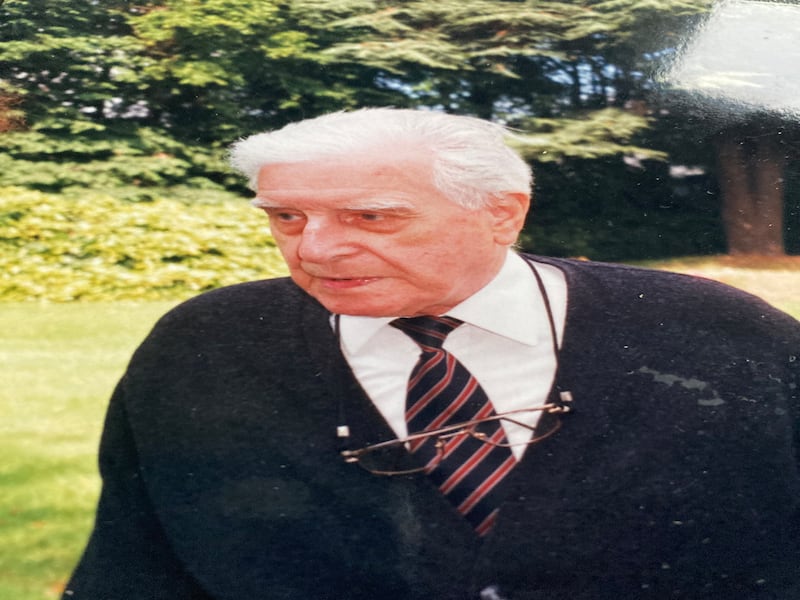Last Wednesday was a date to remember because January 31, 71 years ago, was a day which brought sorrow to families in Northern Ireland and Scotland, heralding weeks and months of drama and mourning.
On that day, the Princess Victoria, a British Railways car ferry set sail across the North Channel to Larne, a routine journey of 31 miles taking somewhere in the region of two-and-a-half hours. That’s on a normal day, but January 31 1953 was no normal day; think the destructive gale force winds of two weekends ago and you’ll get some idea of the conditions the ship tried to plough through.

Tragically the big seas were too much for the ferry. It was overwhelmed, the stern doors were stoved in by a huge wave and sea water poured into the car deck. There was no list of those on board but it was thought the Princess was carrying 127 passengers and 49 crew. She left the Scottish port of Stranraer just before 8am, heading into Loch Ryan but didn’t get much further; once into the Irish Sea, Captain Ferguson realised the ferocious conditions and decided to return to the comparative shelter of the loch, but before that could happen the waves were filling the ship.
He made the disastrous decision to proceed to Larne. At 9.46am the call went out asking for tugs to assist; at 10.32am an SOS was sent - the ship was in immediate danger with a heavy list to starboard.
Terror On Board
As the bitter water began to fill the interior of the ship, can you imagine what was going on in the cabins and lounges? Families, businessmen, young women and the crew all knowing they were facing death by drowning?
Bad enough to be sea sick but the fear of ending up in the freezing waves must have caused dreadful panic, hysterical crying, brave attempts to keep people calm. By 1pm the water had reached the starboard engine room and 10 minutes later, David Broadfoot, the ship’s radio officer, sent a Morse code message: “On her beam end.”
Then the dreadful call: “We are preparing to abandon ship.” But there was a glimmer of hope because by 1.30pm the Irish coast was in sight; they were only five miles off the Copeland Islands... but 20 minutes later there was silence. It’s thought that the ship sank at 1.58pm.
- Anne Hailes: The Belfast hospital unit supporting older people towards a healthier and happier lifestyleOpens in new window
- Why you should take part in the Belfast-based cancer study seeking to learn the lessons of the Covid-19 pandemicOpens in new window
- Anne Hailes: Sight loss shouldn’t be a barrierOpens in new window
That morning journalist Malcolm Brodie, himself a Scotsman, had made his way to the empty sports desk at the Belfast Telegraph. He was due to report on a football game but the team from Airdrie cancelled due to the weather.
A phone rang and he reached for it. “It was a woman on the Antrim Road,” he told me. “She said her husband was a sea captain and they had shortwave radioed, ‘There’s a drama in the Lough’.
“She gave me what details she had and it sounded like the Princess Victoria was battling against big seas. She was right. The ship was fighting hurricane winds of Force 12, over 100 miles an hour, tossing in mountainous seas when the huge waves battered the rear doors, sheering off the bolts, flooding the car deck; ton upon ton of seawater swamped the ship and some 135 souls lost their lives. All women and children on board the ship were lost.”

Hearing History Unfold
”I immediately went up to her house and sat with the radio in a wee cubby hole under the stairs as she made cups of tea,” Malcolm recalled.
Later that afternoon fellow journalist Paddy Scott was on the fringe of Donaghadee and as survivors were brought into the Imperial Hotel; despite tight security, he was determined to get his story.
Someone whispered that there was a terrified young cabin boy in a traumatic state, jibbering in his fear. “Let me try to talk to him,” Paddy suggested to the policeman on duty.
“He’s probably from the Islands and he’s talking Scottish Gaelic.”
This was enough to gain entrance. “Leave me with him till I calm him,” commanded Paddy. They did, not realising he was a reporter. Paddy was right, the boy would only talk in his native tongue and with the journalist’s Irish Gaelic they got down to business.

Paddy arranged for the boy to be looked after as he high-tailed it back to his desk to file the harrowing account of the death of the Larne-Stranraer ferry for the Irish Press and The Irish News, his story beating every other journalist to the front page.
For two-and-a-half hours Malcolm filed his report down the telephone line to the Belfast Telegraph, the first time the Saturday Night front page carried news instead of sport. Two men of the press ensured the tragedy of January 31 1953 would never be forgotten.








